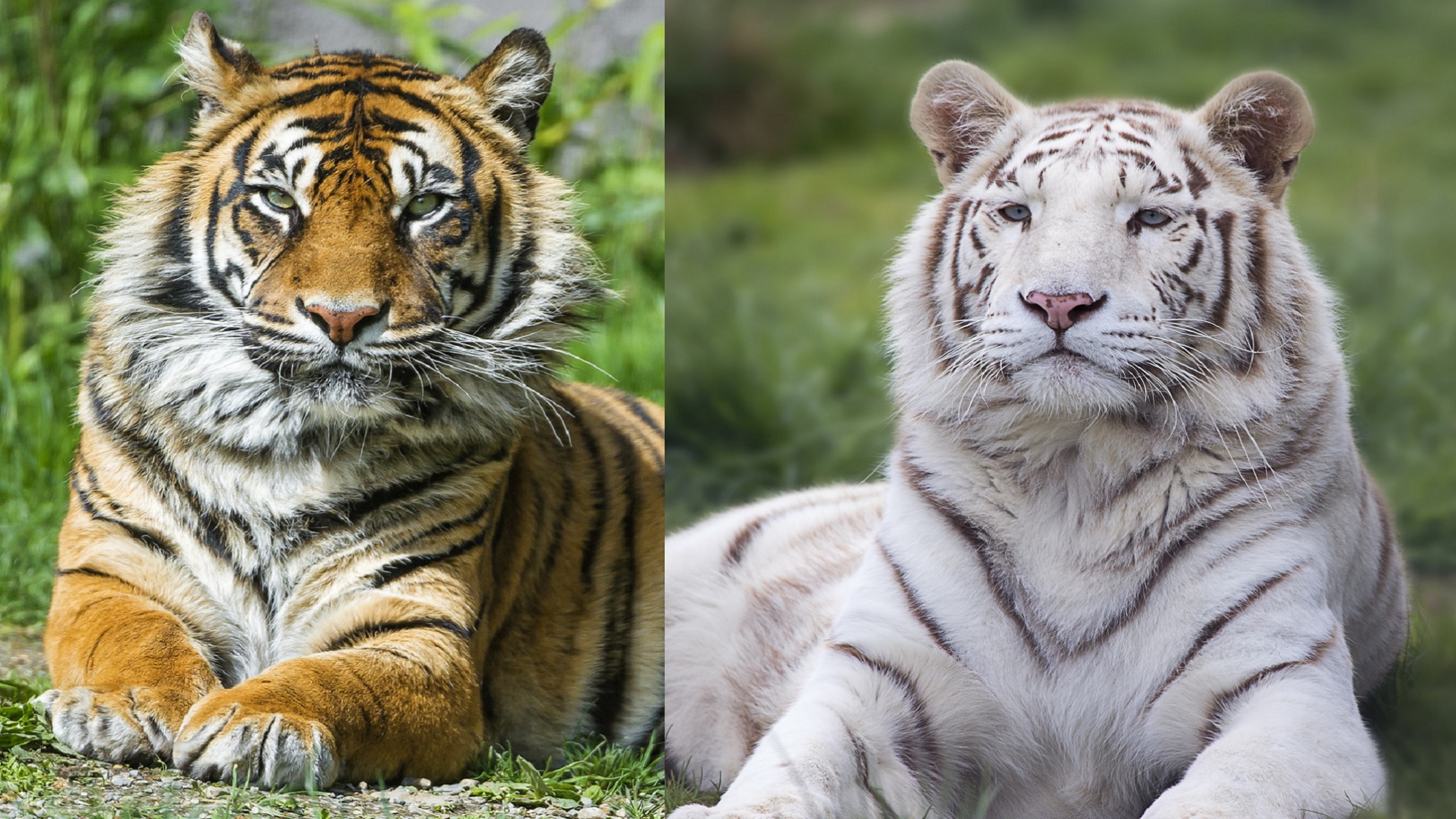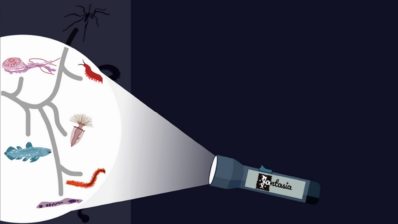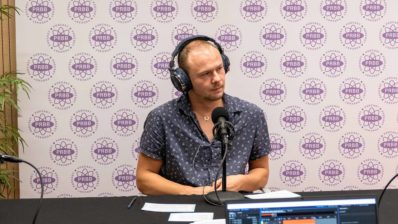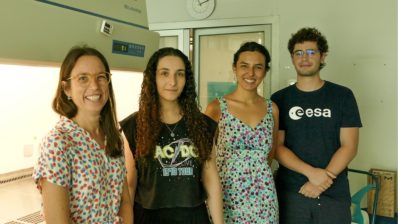Everyone has heard of evolution, survival of the fittest, species, genetics, mutations… but although the concepts are familiar, the understanding of evolutionary mechanisms is often plagued by misconceptions.
In this article, evolutionary biologist José Luis Maestro, researcher at the nstitute for Evolutionary Biology (IBE: CSIC-UPF) where he heads the Nutritional Signals in Insects research group, clarifies some of the notions linked to evolution and shows us how mutations are an opportunity to conquer new territories.
Diversity, an essential ingredient for evolution
Living things work because of the information they have in their genes. This information, in the form of DNA, is what tells cells what proteins they should make in order to function properly. This genetic information is essential, and must be kept unchanged by the cells so that they and the organism can function together.
DNA duplication must therefore be a conservative process, in which the DNA copies are exact. This duplication takes place during cell proliferation (since each of the two daughter cells must have a copy of the mother cell’s DNA) and also during the formation of germ cells (sperm and egg cells in the case of animals).
However, sometimes copying errors can occur. We call these errors ‘mutations’. These mutations, which are nothing more than random errors, generate diversity, i.e. they make each individual different from the others. And this is the basis on which evolution works.
“Mutations are random and, in reality, are a copying error that should not occur. But they are an opportunity to conquer new territories”
Evolution, a game of chance
It is sometimes said that evolution “selects” the most favourable mutations, but this is not an entirely correct way of putting it. In reality, over this diversity, evolution does not “actively” select anything. Simply, the genes of the individual that leaves the most offspring are inherited in the highest proportion, and these are the ones that the population has no choice but to carry.
Generally, if an individual with a specific genetic variant has more offspring, it is because this variant offers some competitive advantage, at that time and place. It is important to understand that there are no “good” or “bad” variants of each gene, but that they depend on the situation.
Evolution does not ‘actively’ select anything, and there are no good or bad genetic variants. The genes of the individual that leaves the most offspring at a given time and place are the ones that the population will eventually carry.
A clear example is the variant of the β-globin gene that causes sickle-cell anaemia. In some African countries, this variant, which elsewhere is unfavourable, is actually “good”, because it makes its carriers resistant to malaria, a serious disease very common in those areas. So in these places, people with this variant have more offspring, and it has become fixed in the population, rather than disappearing, as it has in other populations.
Types of mutations
Mutations can be simple mutations, errors of one or two letters (DNA is made up of combinations of 4 molecules or bases which we call, for simplicity, A, T, C and G). Or they can be deletions (loss of a gene or a piece of DNA) or duplications. Gene duplications are not uncommon and can involve anything from a few DNA bases to the duplication of an entire genome.
In most cases, mutations are neutral as they do not affect the competitiveness of the individual. A few are deleterious, i.e. have a negative effect, and very, very few are beneficial and have a positive effect.
- Those that are beneficial – at a particular time and place – will tend to be retained.
- Deleterious mutations tend to disappear, as their carriers will have less reproductive success. An exception are deleterious mutations whose negative effect, such as a disease, appears only after the reproductive period has passed and therefore the gene variant has already been passed on to the offspring. These, although deleterious, are not negatively selected.
- Neutral mutations can accumulate (or not) through genetic drift. Genetic drift is an evolutionary mechanism by which a particular variant of a gene is selected, not because it gives an evolutionary advantage, but because it randomly increases its frequency in the population. This occurs especially in ‘bottleneck’ situations, when for some reason there is a drastic reduction in the number of individuals in the population, or by a ‘founder effect’, when a small number of individuals become isolated and an independent population is formed. These events mean that the variants carried by the individuals that remain will necessarily be those that increase their share in the populations, regardless of their competitive advantage.
The example of insulin in cockroaches
Usually, when there is a gene duplication, the “new gene” accumulates mutations until it becomes unusable and eventually disappears from the genome. But sometimes, these mutations can provide an evolutionary advantage to the individual and become “fixed” in the species, rather than disappearing.
In a recent study conducted in our lab, we found this to be the case for the insulin receptor (InR) gene, which regulates key processes such as cell growth and proliferation, among others.
Today, all winged insects have two copies of InR, due to a duplication that occurred about 400 million years ago. There was also a second duplication of this gene in the common ancestor of cockroaches, termites, mantids and stick insects about 350 million years ago, so this group of insects has three copies of this gene.
We wanted to understand why the three copies had remained, instead of some of them disappearing. This often happens because one of the copies has changed to generate a new function, which is called neofunctionalisation.
However, we found that new duplications of the insulin receptor in insects and cockroaches do not involve the appearance of a new function, but only the reinforcement of an existing function – something we call subfunctionalisation. We found that only one of the copies, InR2, retains the main activity of the gene, while the other two copies act as reinforcers. But even if all they do is support or a ‘back up copy’, if these duplications provide a small evolutionary advantage, they will accumulate in the population because there is no other choice, as individuals with these duplications will leave more offspring.
“Redundancy of genes performing the same functions can confer stability in critical processes”
In short, mutations – errors in the copying of the genome – produce diversity. This diversity allows the species to adapt to changes or to new environments. In any case, it is not the individual that adapts, but rather, in the population, the proportion of genetic variants of the most competitive individuals that leave more offspring will ‘inevitably’ increase. Thus, in a process such as DNA duplication, which should be conservative, mutations are an opportunity to conquer new territories.







